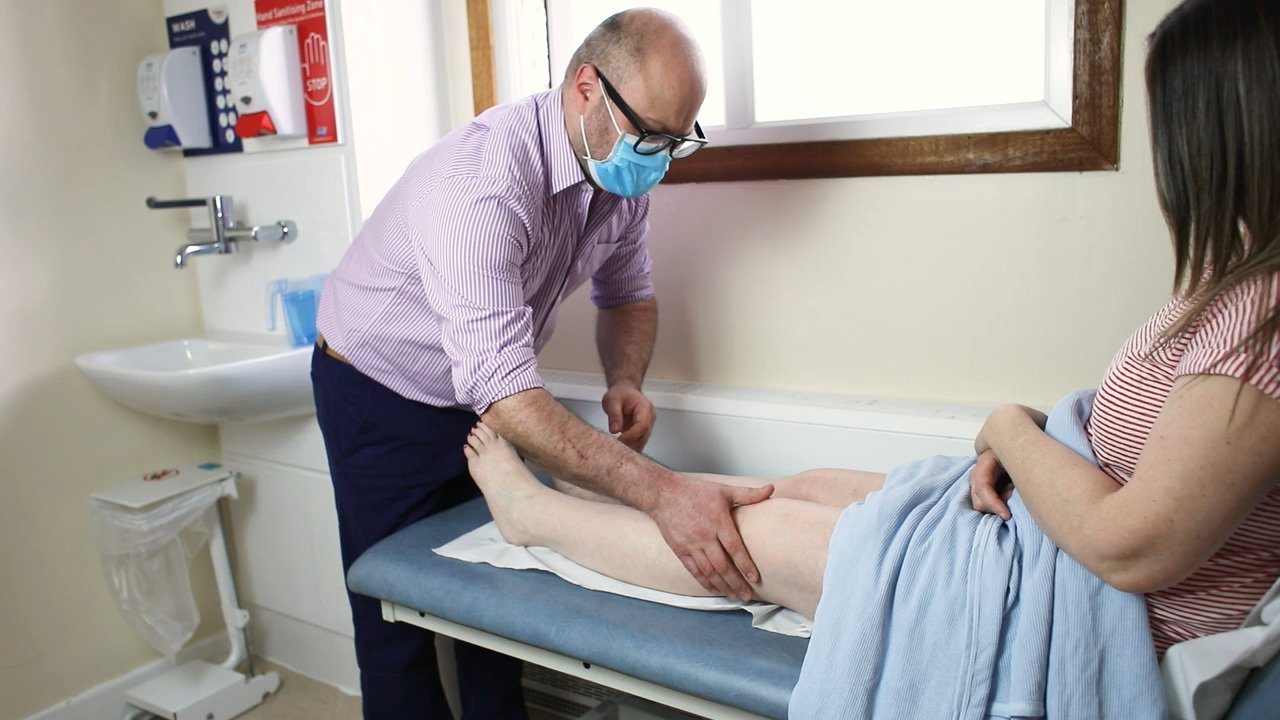Getting a Diagnosis
Getting a correct diagnosis for lipoedema is the first step to understanding that you have a recognised health condition. It can help you to move forward and live well with lipoedema. Some people find it embarrassing or difficult to talk to their doctor about their symptoms, particularly if the other person does not understand lipoedema. Some health professionals are not familiar with lipoedema, so it can take time to find someone who can make the diagnosis.
Having a diagnosis of lipoedema ensures that you get the right treatments and support with caring for yourself. This can help to reduce the risk of lipoedema becoming worse. It can also make a real difference in how you, your GP, and other healthcare professionals manage your symptoms, and deal with the long-term effects of lipoedema.
Sadly, lipoedema is commonly mis-diagnosed as obesity or lymphedema. However, as awareness for the condition increases, so does the numbers of correct diagnosis.

Do you need help contacting your GP?
If you think you might have Lipoedema and have not yet approached your doctor or received a diagnosis you can download a letter for your GP here:
You can also download our self-assessment form and use it to record details of what is important to you to share with your doctor or other health care professional.
What is considered when making a diagnosis of lipoedema?
Further down this page you will find a video of a doctor examining two people with lipoedema.
Here are some signs that a doctor or health professional may look for in making a diagnosis:
- Disproportionately larger legs and hips compared to the upper body
- Symmetrical enlargement of the legs, buttocks and arms
- Fat deposition at the knees, buttocks and sparing of the feet.
- Hands and feet are usually not affected by fat deposition
- Loss of ankle shape
- Affected areas are often soft and cold to the touch
- Tenderness, pain or hypersensitivity when pressure is applied to the affected tissue
- Loose, floppy connective tissues around the knee joints
- Easy or spontaneous bruising to the affected tissue
- People may report increased swelling in hot weather

Are you a GP or other healthcare professional?
If you are a doctor or healthcare professional, you can find more information on diagnosing lipoedema in our For Professionals section.
Tips for talking with your doctor about a diagnosis of lipoedema.
You may feel anxious about approaching your doctor, particularly if health care professionals have not been supportive about your lipoedema problems in the past. Here are some tips to help you when you are talking with your doctor:
- Take a close friend or family member with you; they could take notes for you
- Choose a GP who knows you and is easy to talk with
- If you have weight problems, anticipate that the doctor may want to focus on this. You might want to acknowledge that you have weight to lose and how you are working towards a healthy way of living
- Avoid raising lots of issues in one appointment. Be realistic about what you can achieve in 10 minutes. Write down some points to discuss, or questions and concerns to refer to when in the consultation
- Give them our Talk Lipoedema leaflet, tell them about our website (there is a section for professionals), or give them the GP letter of introduction available here
- Don’t expect the doctor to read your mind. Ask for the help you think you need.
- Ask them to refer you to a local lymphoedema service or other specialists that may be able to help. Depending on your problems, you may benefit from seeing others such as: a vascular surgeon; pain specialist; podiatrist, psychologist; weight management service; or physical activity instructor.
We often hear that health professionals mistake the word you are using when you say lipoedema, and believe you mean lymphoedema. Many health professionals have not yet heard of lipoedema. If you do experience these difficulties with talking to your doctor, ask them to look at this website, download the information for health care professionals, or take them our ‘letter for your GP’.
